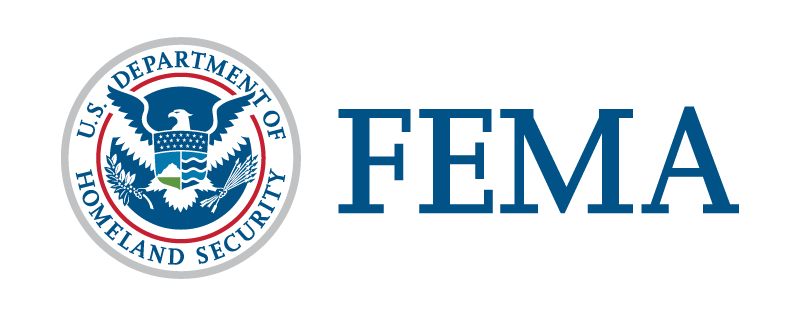
FEMA reaches out to survivors and communities after disasters using several tools, teams and tactics to help during response and recovery operations.
Disaster Survivor Assistance (DSA)
Disaster Survivor Assistance (DSA) crews go into communities within days, sometimes hours, of a disaster. They often walk through affected areas or set up in small groups in a neighborhood facility.
They are the eyes and ears – and sometimes the voice – of FEMA when they visit impacted communities. They are equipped to help residents apply for assistance, even in the toughest conditions. Often, where DSA teams are, a mobile unit with a Wi-Fi connection is not far behind.
DSA crews primarily focus on addressing the needs of underrepresented populations that may be hard to reach by traditional channels. Their mission is to assess, and report critical and emerging disaster needs to FEMA leadership for decision-making purposes. Their duties include:
- Providing on-site guidance to survivors about the application process, and an overview of FEMA disaster assistance.
- Reviewing survivors’ applications, providing basic information about application status and other eligible assistance, and collecting new information or documents for case files.
- Engaging disaster survivors and local officials in identifying immediate unmet needs for a quick resolution via FEMA and/or its partners including voluntary agencies.
- Supporting community outreach and partnerships with the local, state, tribal or territorial emergency managers, disability partners, private sector, voluntary agencies and faith- and community-based organizations to foster a culture of strengthened alliances to support the delivery of inclusive, equitable services to survivors.
Disaster Recovery Centers
Disaster Recovery Centers (DRCs) are dedicated, accessible and established locations where specialists from the Individual Assistance program can help survivors face to face. Highly trained specialists assist survivors through the recovery process, explaining the types of assistance available through FEMA, such as housing and other needs assistance.
DRCs are set up to provide communication services, including assistive technology for persons needing sight or hearing accommodations, American Sign Language or expertise in other languages.
Some of the services offered at a DRC may include:
- Applying for assistance
- Reviewing application status updates
- Clarification of any written correspondence received
- Guidance about disaster recovery and eligibility
- Collecting and scanning new information or documents needed for case files
Other recovery experts from the U.S. Small Business Administration, the state and nonprofit organizations are typically available in a DRC to address additional needs.
For the latest information on Hurricane Ida visit fema.gov/disaster/4611. Follow us on Twitter at twitter.com/FEMARegion6 and like us on Facebook at facebook.com/FEMARegion6/.
"assistance" - Google News
October 02, 2021 at 09:00PM
https://ift.tt/3owcn9V
FEMA in the Field: Disaster Survivor Assistance and Disaster Recovery Centers - FEMA
"assistance" - Google News
https://ift.tt/2Ne4zX9
Shoes Man Tutorial
Pos News Update
Meme Update
Korean Entertainment News
Japan News Update
Bagikan Berita Ini















0 Response to "FEMA in the Field: Disaster Survivor Assistance and Disaster Recovery Centers - FEMA"
Post a Comment